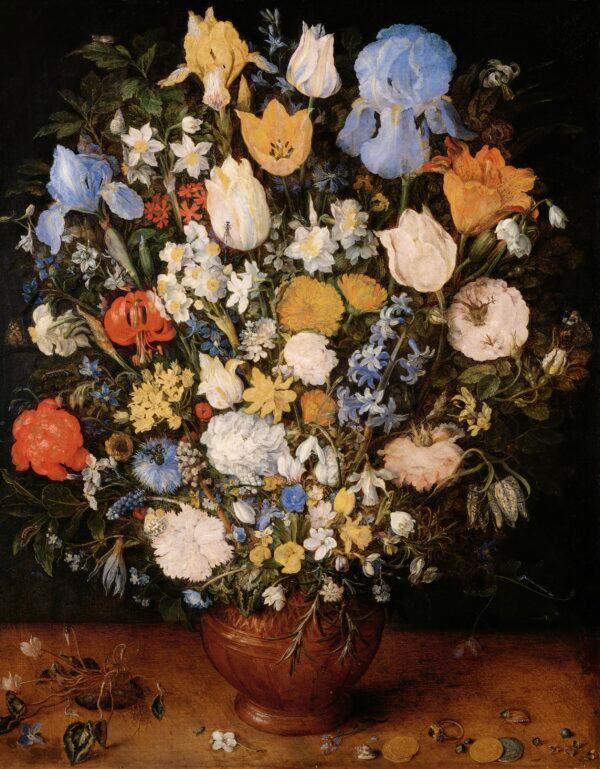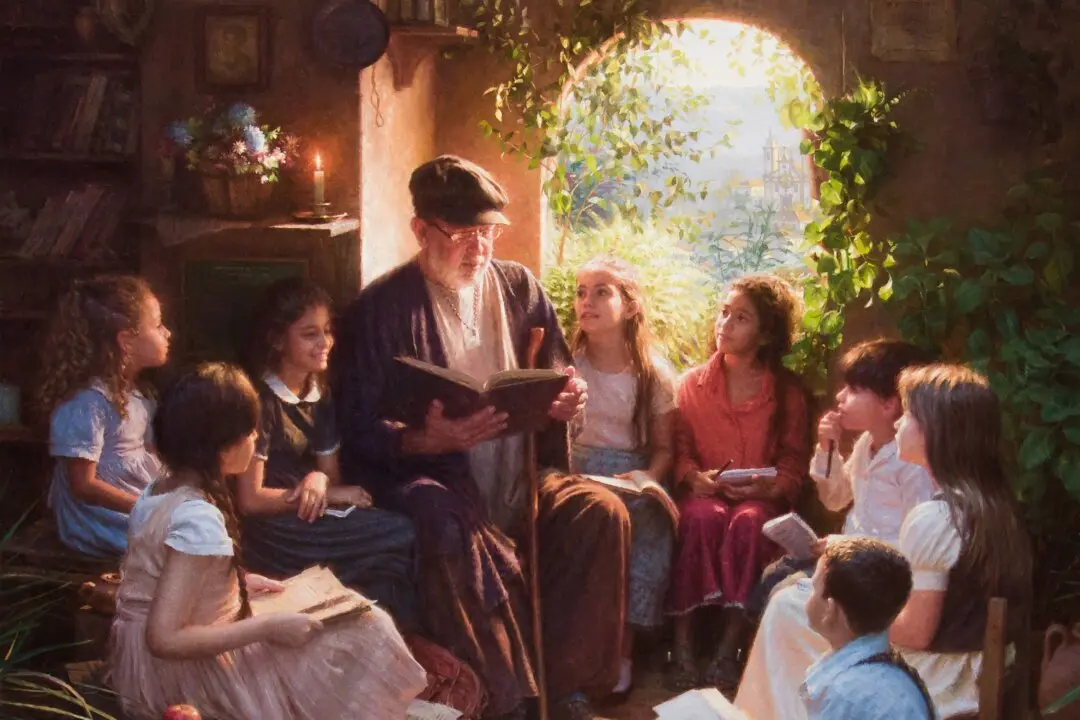Nothing says beauty quite like a 17th-century Dutch flower still-life painting. Big, vibrant bouquets in opulent vases with insects and exotic fruit, blooms, and shells may first come to mind for such paintings. But in the 1600s, this new genre included a variety of styles from realistic bouquets to fantastical creations. Despite these different styles, all these flower still-life artists painted true to nature.

"Bouquet in a Clay Vase," circa 1607, by Jan Brueghel the Elder. Oil on panel; 20 1/8 inches by 15 3/4 inches. Kunsthistorisches Museum, Vienna. Kunsthistorisches Museum, Vienna






